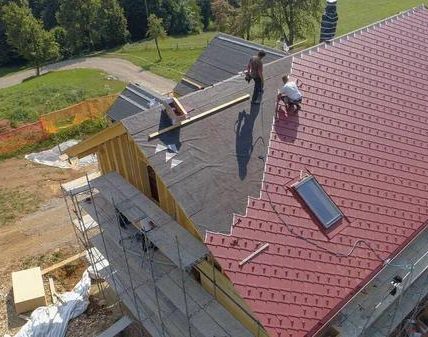Physiotherapy has come a long way since its inception, with advancements in technology and research leading to the development of innovative techniques that have revolutionized the field. From traditional manual therapy techniques to cutting-edge robotics, physiotherapists now have a wide range of tools at their disposal to help patients recover from injuries and improve their quality of life.
Manual therapy, which involves hands-on techniques such as massage, stretching, and joint mobilization, has long been a staple in physiotherapy practice. These techniques can help reduce pain, improve flexibility, and restore function in patients with musculoskeletal conditions. However, manual therapy alone may not always be enough to achieve optimal outcomes for all patients.
This is where innovative technologies like robotics come into play. Robotics have opened up new possibilities for physiotherapists by providing precise control over movements and resistance levels during rehabilitation exercises. This allows therapists to tailor treatment plans to each patient’s specific needs and track progress more accurately.
One example of how robotics are being used in physiotherapy is through the use of exoskeletons. Exoskeletons are wearable robotic devices that can assist or enhance the movement of limbs affected by injury or disability. By supporting weakened muscles or joints, exoskeletons can help patients regain physio ivanhoe mobility and independence faster than traditional therapies alone.
Another innovative technique gaining popularity in physiotherapy is virtual reality (VR) therapy. VR therapy uses immersive digital environments to simulate real-world activities and exercises for patients undergoing rehabilitation. By engaging multiple senses simultaneously, VR therapy can enhance motor learning and cognitive function in ways that traditional therapies cannot.
Additionally, advances in biofeedback technology have enabled physiotherapists to provide real-time data on muscle activity and movement patterns during exercises. This feedback helps patients better understand their bodies’ responses to treatment and make adjustments accordingly.
Overall, the integration of these innovative techniques into traditional physiotherapy practices has led to more personalized and effective treatments for a wide range of conditions. Patients are now able to benefit from a combination of manual therapy techniques alongside state-of-the-art technologies that maximize their recovery potential.
In conclusion, the future of physiotherapy looks bright with continued advancements in technology driving innovation across the field.
Perform Physio + Pilates
181 Upper Heidelberg Road, Ivanhoe, VIC 3079
61 3 9499 8658





